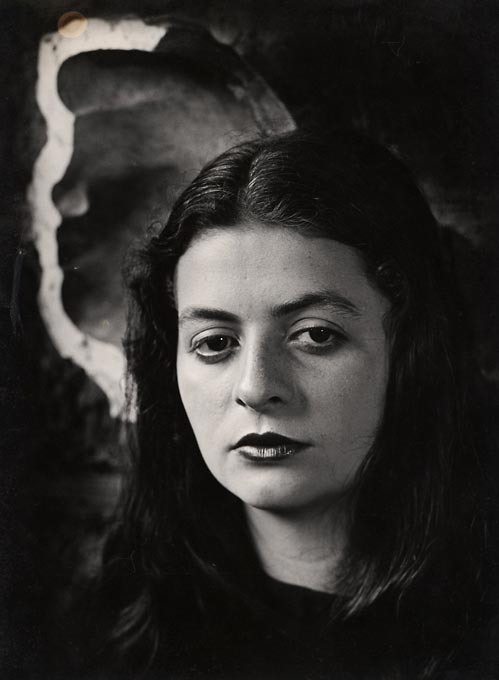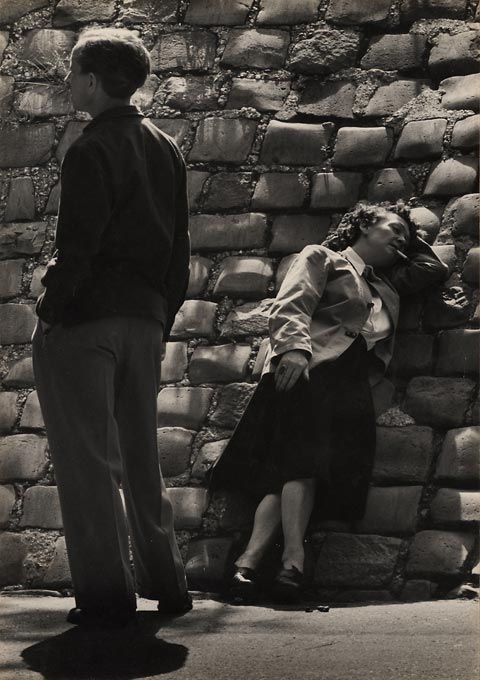He left his mark on German post-war photography like no other. Otto Steinert spanned the arc from New Seeing to Subjective Photography, broke with the conventions of documentary photography, and fundamentally influenced the visual language with his tension-filled compositions.
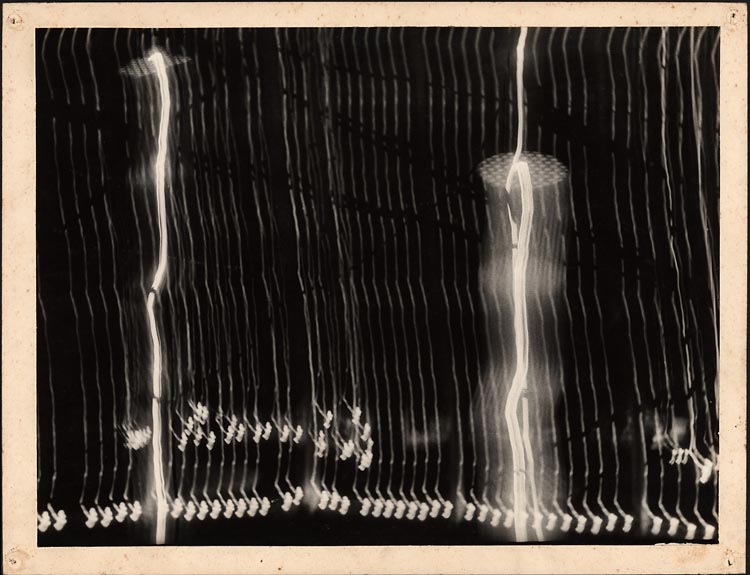
Born in Saarbrücken, Germany, in 1915, Steinert became enthused over photography as a teenager, but initially chose medicine as a career and served as a staff physician during World War II. In 1947, he turned to photography full-time. Starting in 1948, Steinert taught photography at the Saarland State School of Arts and Crafts in Saarbrücken. In 1949 he founded the group Fotoform, whose objective was to revive the avant-garde photography of the 1920s and the formal experiments of the New Vision and the Bauhaus.
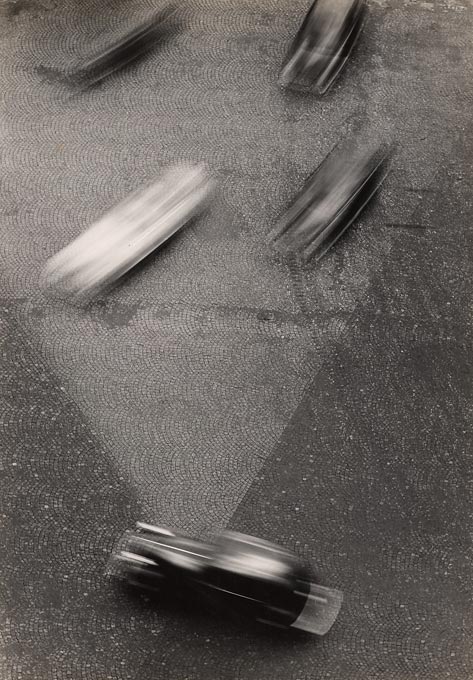
In 1950, the group presented its work at Photokina, the world’s largest trade fair for photography. Their presentation was described by one critic as “an atomic bomb in the dung heap of the rest of German photography.” It wasn’t a one-off. Between 1951 and 1958, Fotoform presented several important exhibitions under the banner of subjective fotografie.
As a figurehead of the movement, Steinert championed photography that fully exploited the artistic possibilities of the medium. Camera-less photography, the reduction to strict black and white, tight cropping, long exposures, the inversion of tonal values, as well as multiple exposures and montages in the darkroom became Steinert’s preferred methods.
He also left a lasting legacy in the education sector. From 1959 to 1979, Steinert was a teacher and professor at the Folkwang Schule in Essen. He built up a renowned museum and among the many students at the school were André Gelpke, Dirk Reinartz, and Andreas Gursky.
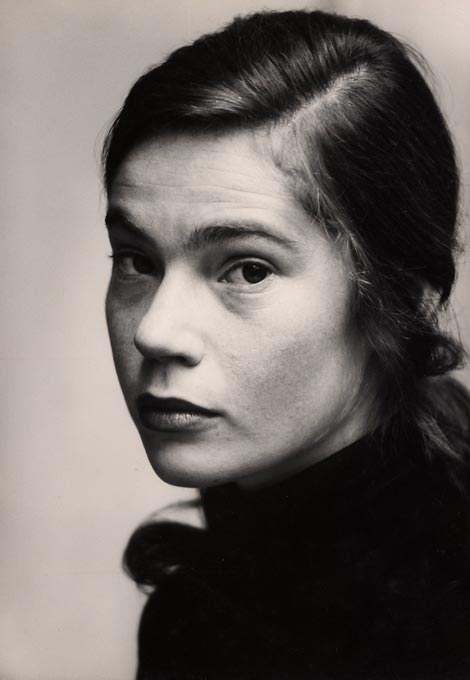
Experimental Photographs
Among Otto Steinert’s best-known and highest valued works are his experimental photographs. These works were mostly created between 1948 and 1954 when he was teaching at the Saarland State School of Arts and Crafts in Saarbrücken. What makes them so interesting to collectors is that they prove that a negative is often just source material. The final print is the target. Through recopying, solarisation, negative mounting, and calculated post-exposure, Steinert shaped his prints in such an individual way that it was almost impossible to create reprints. These works disprove that photographs can be duplicated umpteen times just because there is a negative.
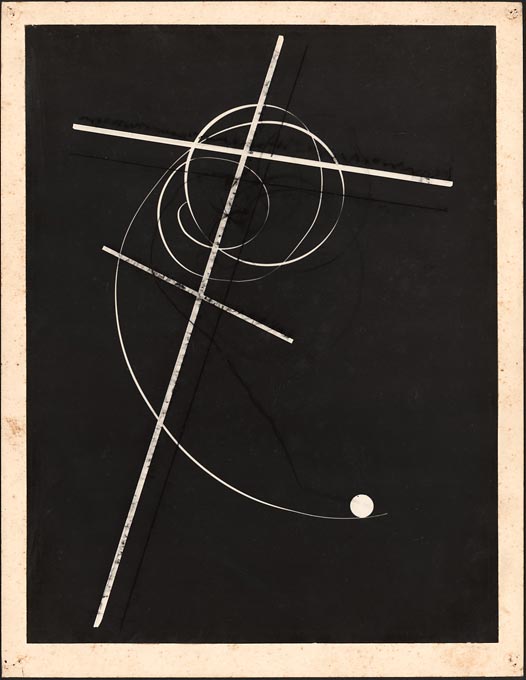
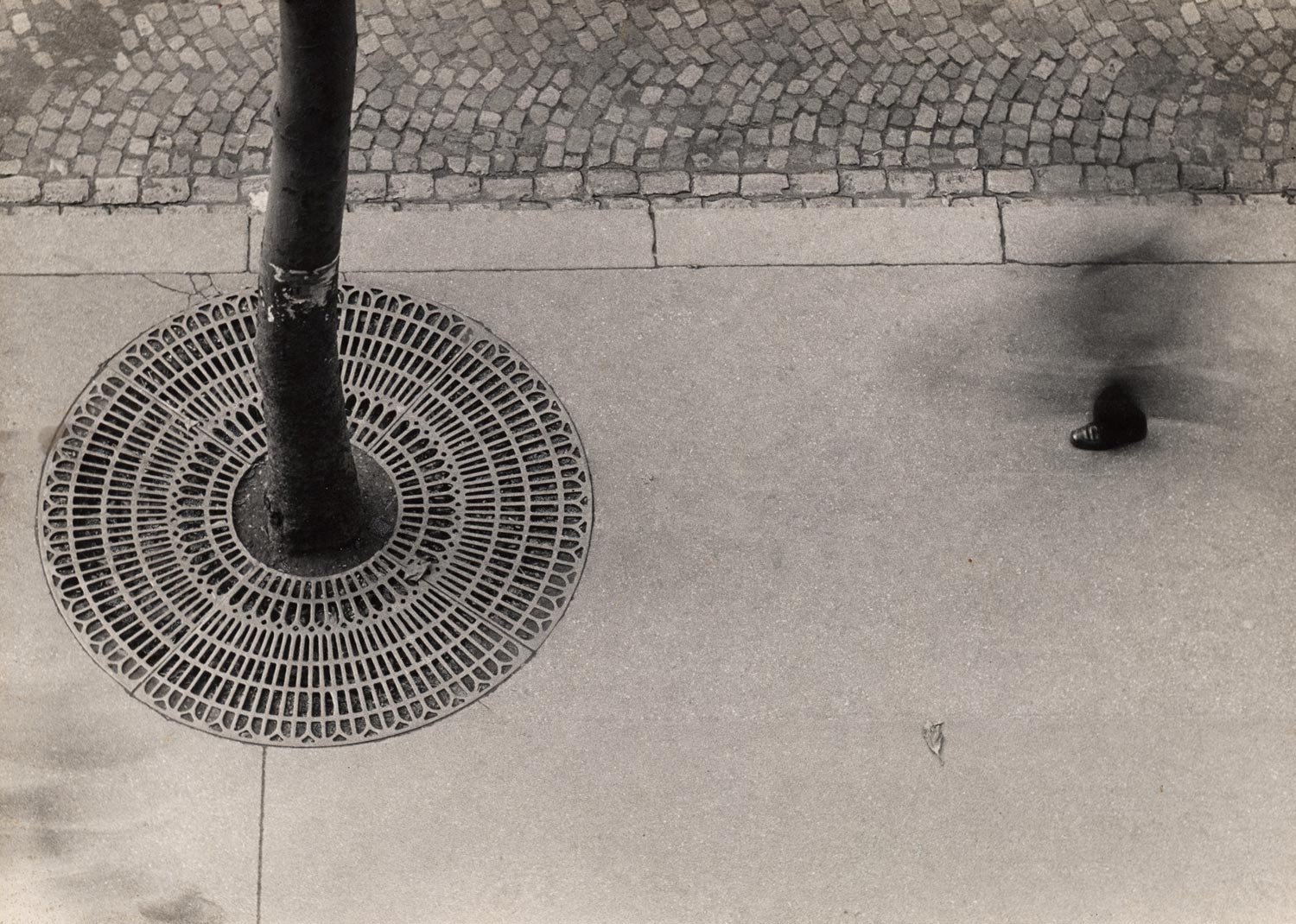
Mask of a Dancer – an icon
Steinert chose Mask of a Dancer as the cover image of the illustrated book of his first exhibition, Subjektive Fotografie in 1952. No other image is so closely associated with his work. Steinert used several complex techniques to create the image. First, he doubled the negative of the frontal view of a dancer and copied the two negatives side by side on top of each other. The positioning results in an overlap of the inner eyes. Steinert also used the negative copying process to achieve the inversion of the black and white tonal values. The technique of tonal inversion again reduces prominent features, resulting in an even more abstract character. The deep blacks and extreme highlights are distributed to great effect. The “portrait” enraptures the viewer and can no longer be linked to a real visual experience. Steinert’s icon still inspires today with its expressivity and surrealistic alienation.

Luminograms
Steinert’s luminograms were mostly made between 1951 and 1952 and are based on the fixation of dynamics and light. In Lamps of the Place de la Concorde, Steinert created traces of light by using long exposures, moving the camera in the dark, letting the light to be drawn on the paper like rhythmic gesticulations. The luminograms on black background are positive variants. In the negative versions, the light traces appear black on white, which further emphasizes the drawing effect. In none of his other photographs does Steinert give as much space to the principle of chance and impulsivity as in his luminograms.
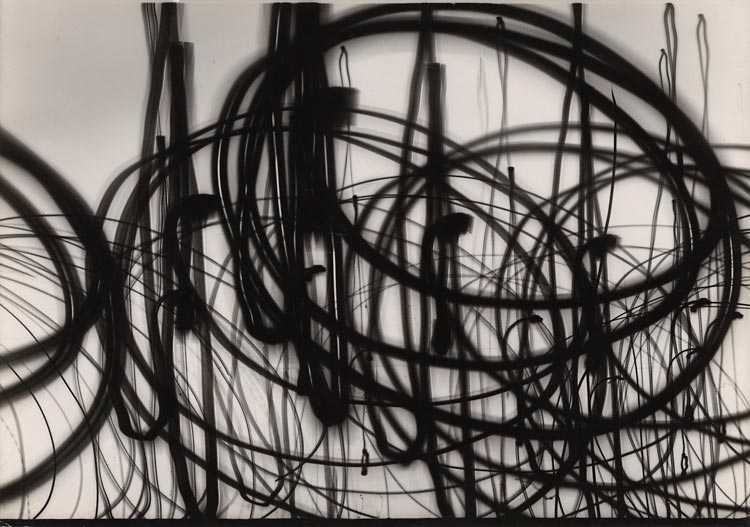
A treasure trove of Otto Steinert prints…..from Brazil
On the 24th of November, the Viennese auction house Leitz will auction 22 vintage Otto Steinert prints as a convolute. Among the prints are several of his most famous works, including Mask of a Dancer, View from the Arc de Triomphe, One-Foot Walker, and Lamps of the Place de la Concorde.
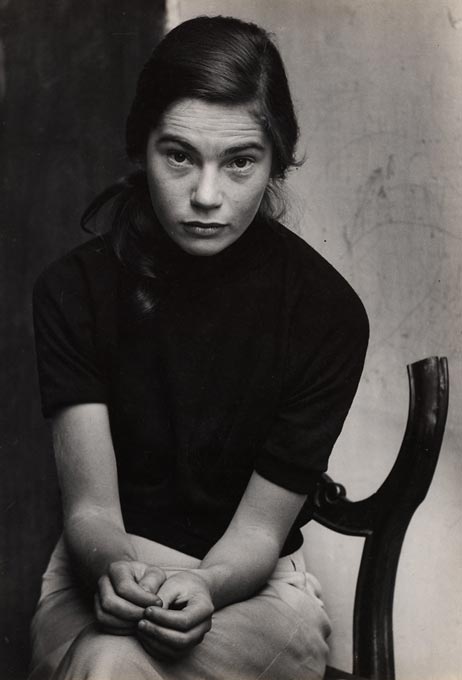
The vintage prints come directly from the inventory of the Foto Cine Clube Bandeirante (FCCB). They were part of the exhibition Otto Steinert and His Students at the Museum of Modern Art in São Paulo in 1955, which was co-organized by FCCB. Photographs from the collection are being sold as part of an ongoing effort to preserve the FCCB’s legacy and promote photography.
Photographs Shaping Visions
24. November 2023, Vienna, 6 pm
